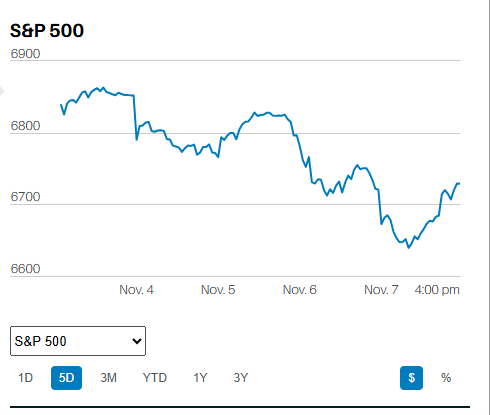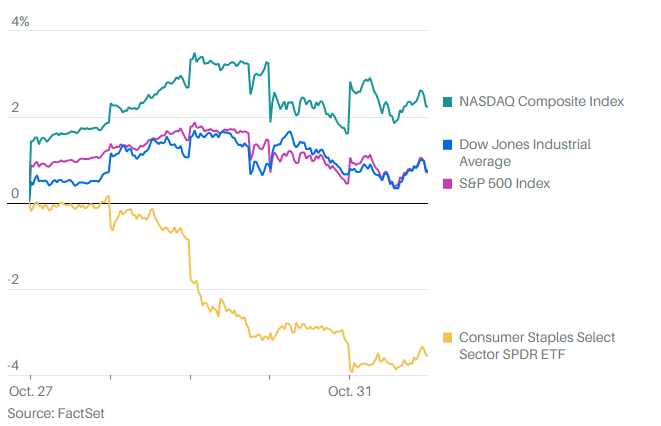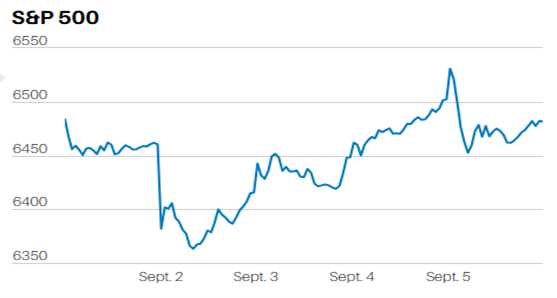I once had a wealth management client call to ask me what he should do with his pension plan. It was a surprising question because he’d been a client for some five years, and not once had he mentioned a pension plan. We’d dutifully reviewed his financial plan annually, updated income and asset numbers, tweaked retirement goals, and stress tested his plan to see what impact retiring a bit earlier or later might have on the probability of experiencing a successful retirement. Not once had his Motorola pension plan come up. Why?
Because he had no idea that he had a pension plan at Motorola until he received a letter in the mail asking him whether he wanted a $176,000 lump sum payout, or if he would prefer to start taking his pension as a monthly check. Astonishing! Yet, surprisingly common. As it happened, another client called a few months later with essentially the same question; this time it was "only" $82,000.
People forget their retirement plan savings frequently, leaving them behind when they leave their jobs, and often never reconnecting with their money. It’s becoming even more common given the increasing frequency of job hopping, particularly among millennials. Check out these interesting facts:
Among mass affluent investors with at least $50,000 in investable assets, 62% of 18 to 24-year-olds had at least one 401(k) from a former employer in 2017, A.T. Kearney's 2017 Future of Advice study shows. The average size of those accounts was $33,000. (U.S. News and World Report, April 2018)
Among older millennials -- those ages 25 to 34 – 59% had at least one "orphan" 401(k). Those accounts averaged $47,000. (U.S. News and World Report, April 2018)
Millennials were more likely to have stranded accounts; 66% of missing participant account holders are Millennials. (Data and Research, March 2018)
Seventy-eight percent of missing participant account holders are employed—meaning they could have a new retirement plan to which they could roll over their stranded balances. (Data and Research, March 2018)
A study done by Retirement Clearinghouse and Boston Research Technologies found 11% of stranded accounts had a stale address, and there were 1.42 stranded accounts per participant. Thirty-one percent of these accounts had balances less than $10,000, and 73% had less than $100,000. This means 27% of the accounts that were abandoned had more than $100,000 in them!
Stranded accounts are also in serious danger of being cashed out when reclaimed: 44% of employees between ages 20 and 29 cash out some or all of their 401(k) assets, compared with 38% of those in their 30s and 33% of employees in their 40s. (Fidelity Investments Study, April 2015)
What are the long-term negative consequences of stranded 401(k) cash outs? We’ll explore this topic in part two.












